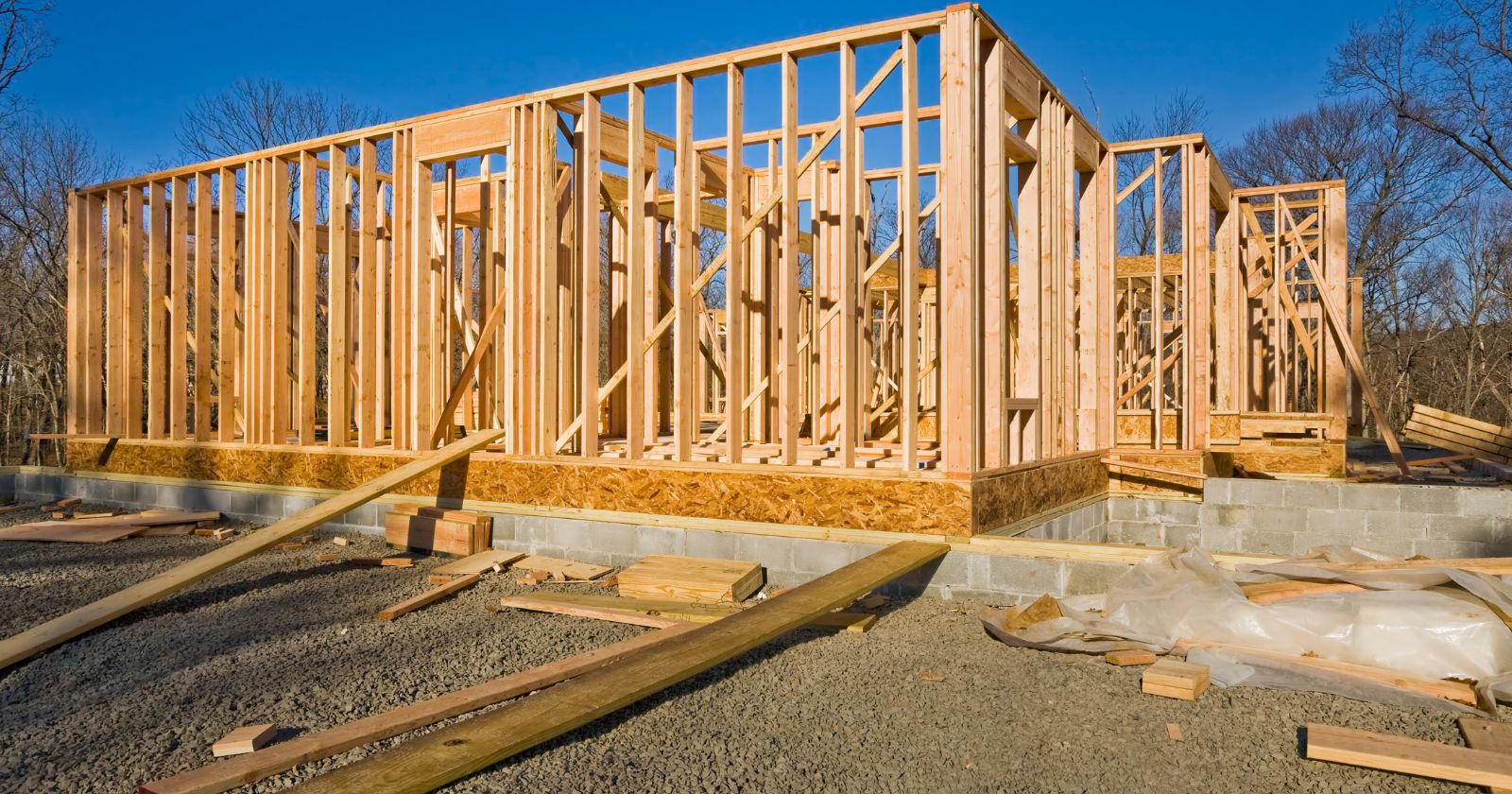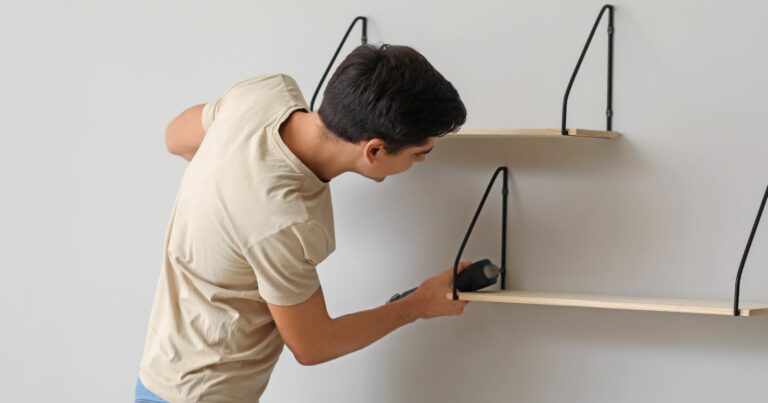How To Use An Impact Driver For Framing And Construction
When I’m working on framing and construction projects, my go-to tool is the impact driver. Its powerful torque and efficient design make it perfect for driving screws and bolts into tough materials. Let me walk you through a step-by-step guide on how I use an impact driver effectively for all my framing and construction tasks.
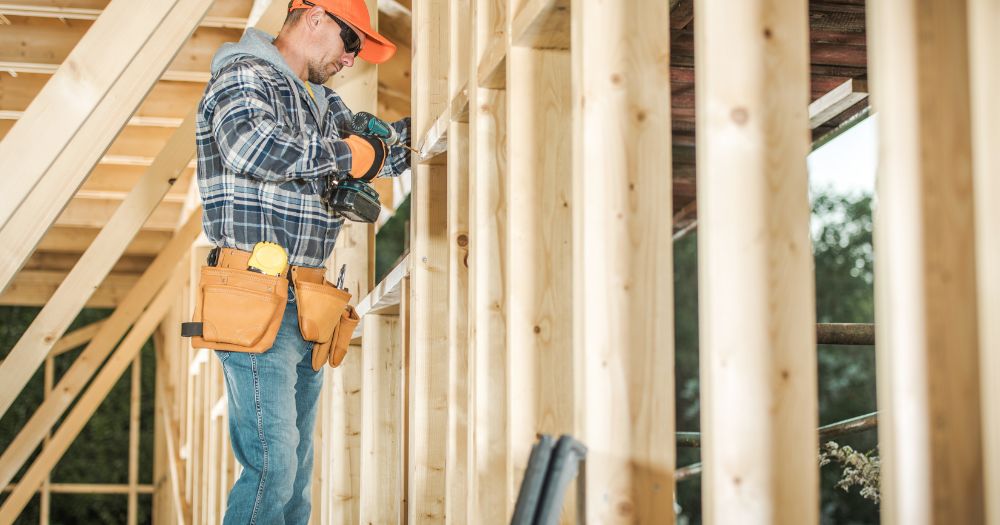
Step By Step Guide Using An Impact Driver For Framing And Construction
Step 1: Safety First
- Wear Protective Gear: Always wear safety glasses and gloves to protect yourself from flying debris and sharp objects.
- Secure the Area: Ensure your working area is clean, well-lit, and free of any obstacles that might cause you to trip or fall.
Step 2: Prepare Your Materials
- Gather Materials: Have all your framing materials, such as wood studs, plates, and sheathing, ready and within reach.
- Select the Right Bit: Choose the appropriate bit for the screws you’ll be using. For framing, you’ll often use longer, thicker screws, so a bit that matches the screw head is crucial.
Step 3: Set Up Your Impact Driver
- Insert the Bit: Place the bit into the chuck of the impact driver, ensuring it’s securely fastened.
- Adjust Settings: If your impact driver has speed or torque settings, adjust them according to the thickness of the materials you’re working with. A higher torque setting is useful for driving screws into harder materials.
Step 4: Practice
- Test on Scrap Material: Before starting your actual project, practice driving screws into a piece of scrap wood. This will help you get a feel for the tool’s power and how much pressure to apply.
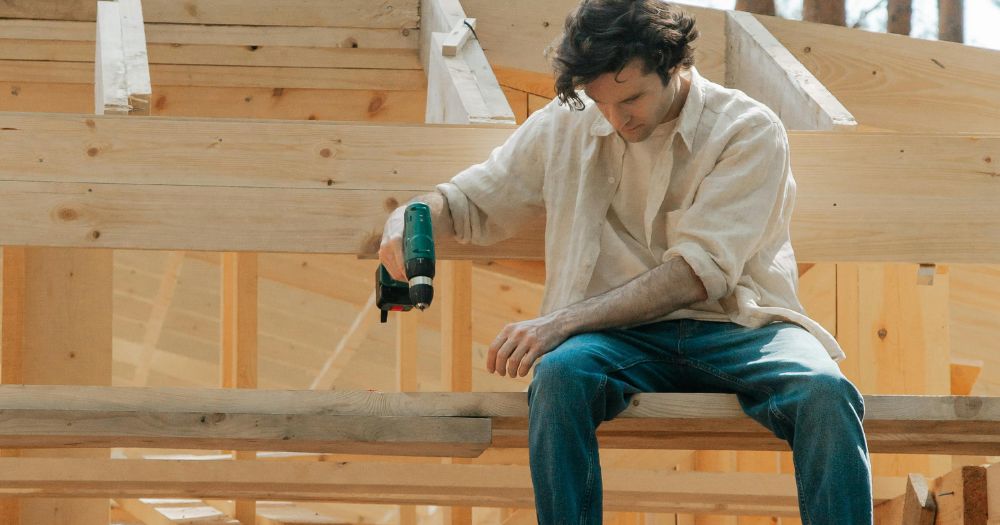
Step 5: Start Framing
- Align Your Materials: Carefully align the wood pieces that you’ll be joining together.
- Drive the Screws: Place the tip of the bit into the screw head, then gently press the trigger. Increase pressure gradually until the screw is driven into the wood at the desired depth.
- Repeat: Continue this process, driving screws at each point where the wood pieces intersect or where your framing plan indicates.
Step 6: Inspect and Adjust
- Check for Alignment: After securing a few pieces together, pause to ensure everything is aligned correctly and adjust as necessary.
- Tightness: Make sure all screws are driven to a consistent depth and are tight enough to hold the frame securely.
Step 7: Continue Framing
- Work Methodically: Continue working through your framing project, following your plans and ensuring each piece is securely fastened.
Step 8: Final Inspection
- Examine Your Work: Once all pieces are assembled, do a thorough inspection of the frame to ensure it’s sturdy and meets your project’s requirements.
- Make Adjustments: If you find any loose screws or misaligned pieces, adjust them as needed.
Tips:
- Battery Life: Keep an extra battery charged and on hand if you’re working on a large project to avoid downtime.
- Spare Bits: Have spare bits available in case one wears out or breaks.
Using an impact driver for framing can significantly increase the efficiency and quality of your work. With practice, you’ll find it an indispensable tool in your construction or DIY toolkit.
Watch This Video And Learn About Using An Impact Driver For Framing And Construction
Top Impact Drivers for Framing
In the world of construction and DIY projects, having the right impact driver for framing can make a significant difference in the quality and efficiency of your work. With so many options on the market, it can be challenging to choose the one that best fits your needs. To help you make an informed decision, I’ve reviewed three top impact drivers, highlighting their key features, pros and cons, and specific benefits for framing projects.
DeWalt Review: The Power Dynamo
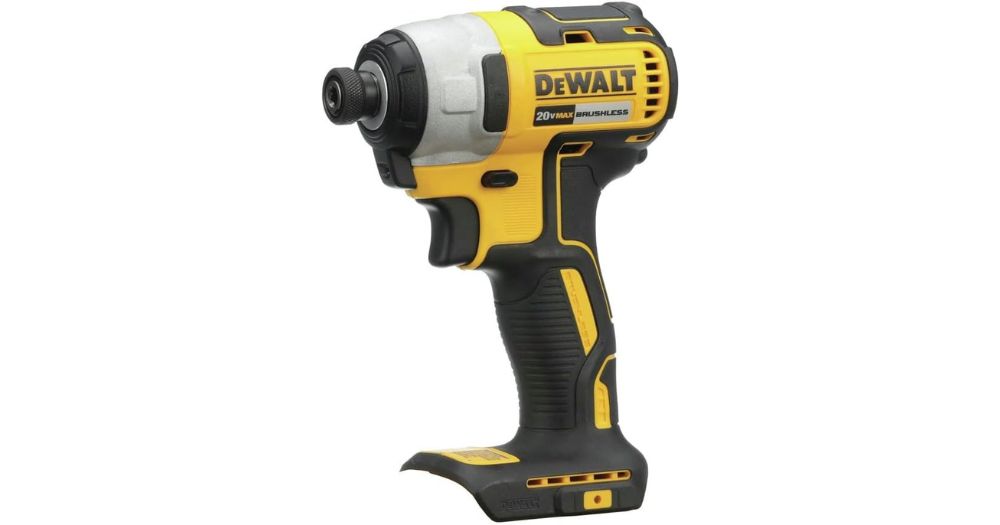
Key Features:
- Exceptional torque for demanding framing jobs.
- State-of-the-art battery technology extends operation time.
- Designed ergonomically to reduce fatigue during use.
Pros:
- Unmatched efficiency and power.
- Extended battery life for continuous work without the need for frequent recharging.
- Comfortable for long-duration use.
Cons:
- Its weight may hinder maneuverability.
- Priced higher than other options.
Framing Specific Benefits:
The DeWalt model shines in heavy-duty framing tasks, offering a blend of power and endurance. Its ergonomic design and prolonged battery life make it a worthy investment for professionals.
Makita Review: The Agile Performer
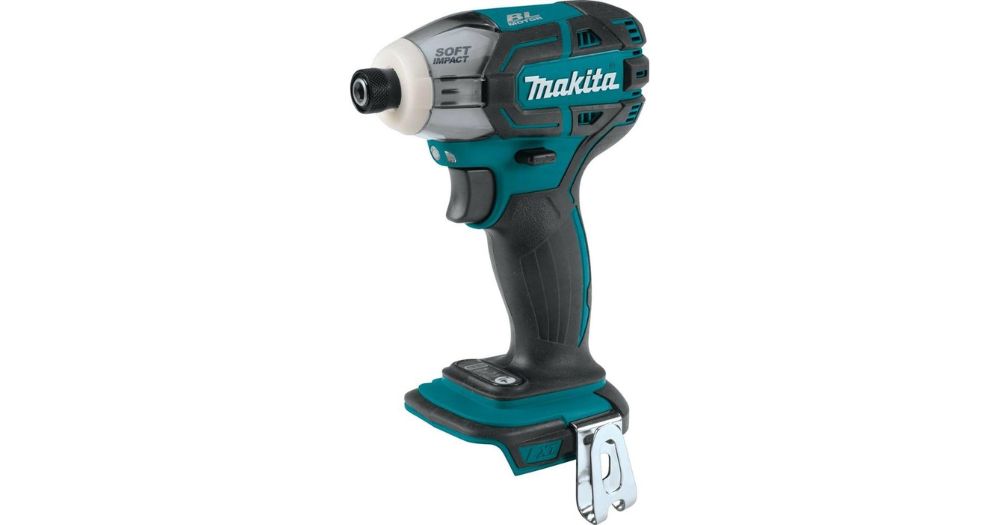
Key Features:
- A compact and light build, maintaining high power.
- Adjustable speed settings for superior control.
- Rapid charge battery reduces downtime.
Pros:
- User-friendly, minimizing fatigue.
- Adaptable speed settings for various framing materials and tasks.
- Quick charging keeps the tool ready at all times.
Cons:
- Torque slightly lower than the most robust models.
- Battery longevity may decrease with constant heavy use.
Framing Specific Benefits:
Makita’s model excels in balancing power with ergonomic design, ideal for DIYers and professionals seeking precision and ease of use in their framing projects.
Milwaukee Review: The Versatile Workhorse
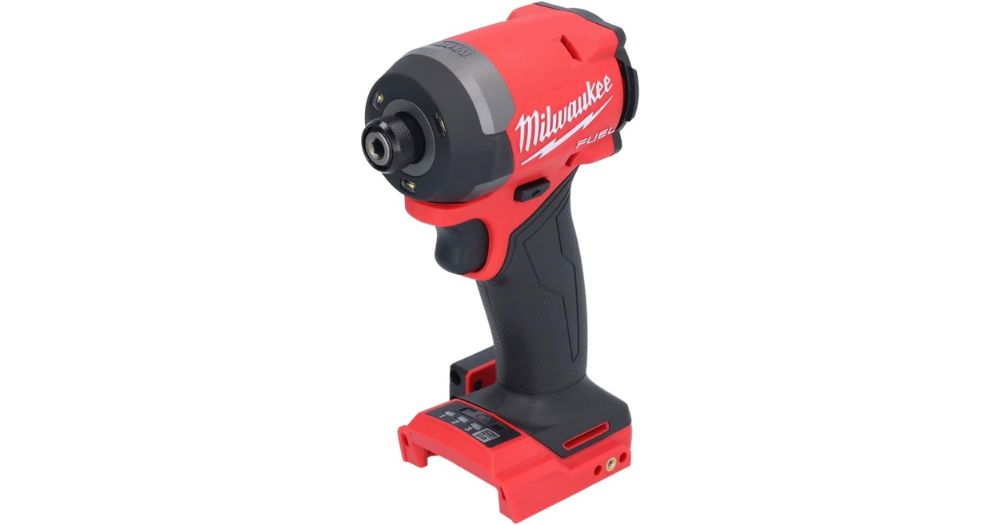
Key Features:
- Balanced power, weight, and battery lifespan.
- Built for durability.
- Intuitive controls for effortless operation.
Pros:
- Versatile performance for diverse framing jobs.
- Durable construction ensures lasting value.
- Simple to use, suitable for both novices and seasoned users.
Cons:
- May not outperform in specific areas compared to more specialized models.
- Some may prefer more niche features.
Framing Specific Benefits:
Milwaukee’s offering is the all-rounder, providing reliable performance for a wide range of framing tasks. It’s an excellent choice for those requiring a versatile impact driver that is easy to handle.
Choosing the right impact driver for framing involves balancing power, ergonomics, and specific project requirements. By considering these factors, you can select a model that not only meets your current needs but also serves you well in future projects.
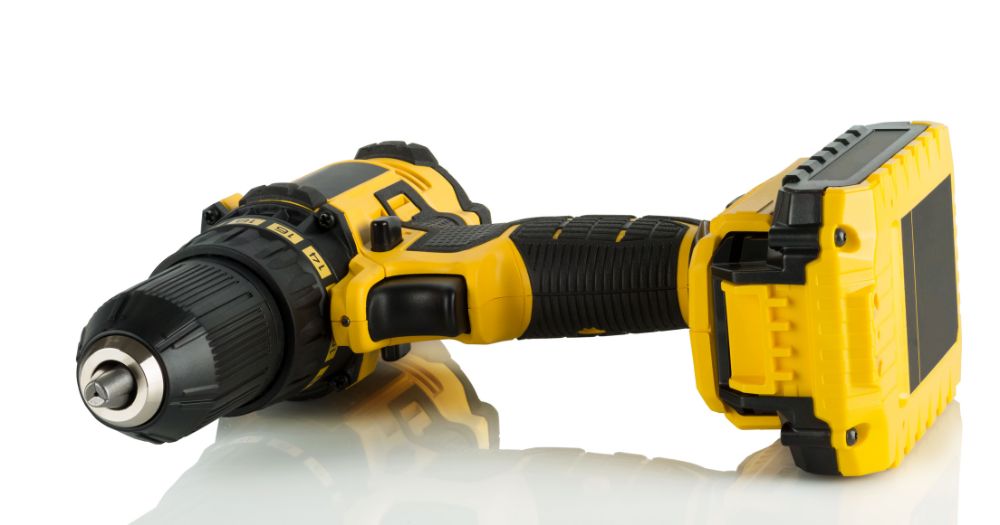
Wrapping Up How To Use An Impact Driver For Framing And Construction
Using an impact driver for framing and construction can significantly has increase my efficiency and accuracy. By following these steps, you can ensure that you’re using this powerful tool effectively and safely. Happy building!

